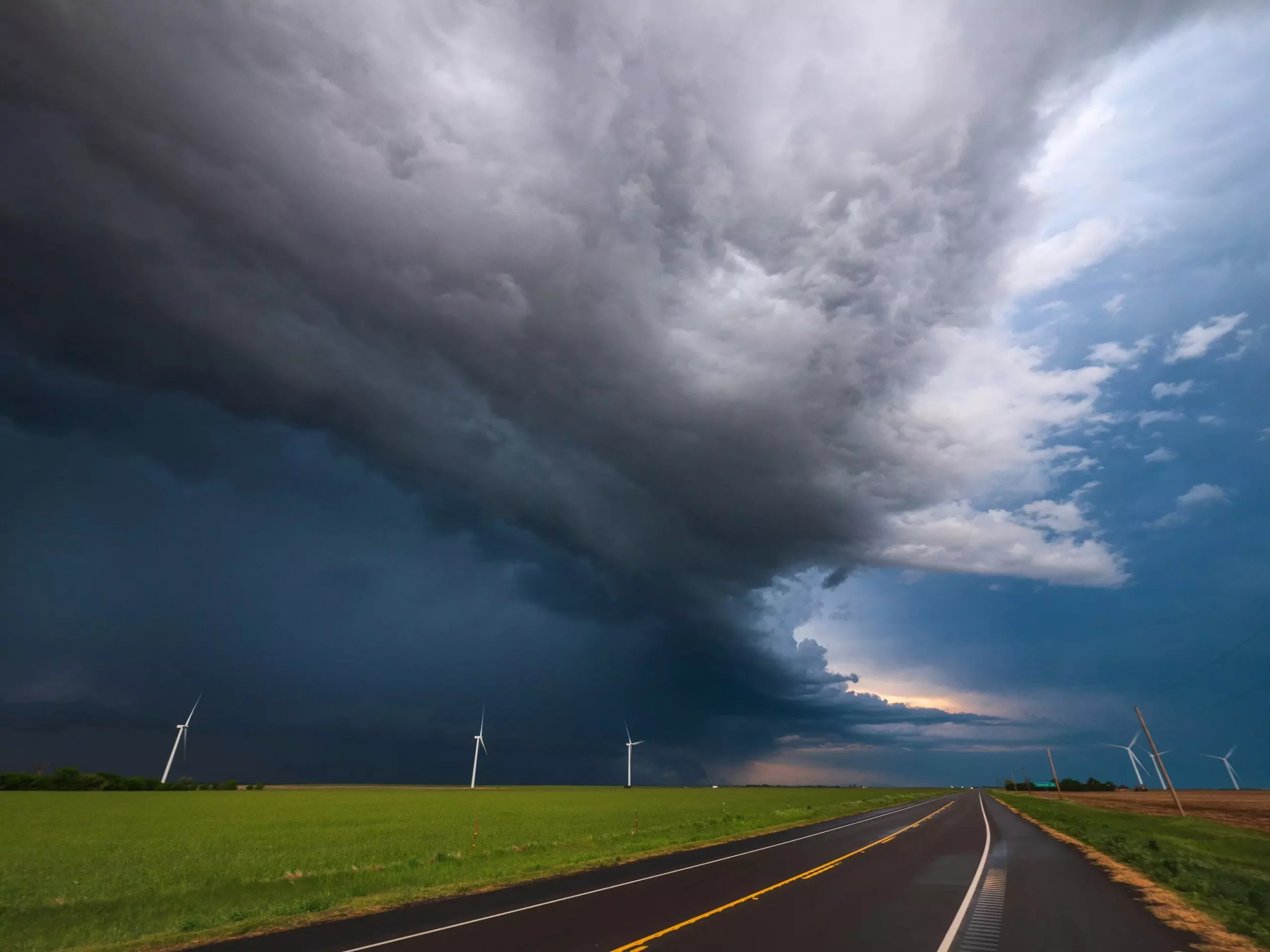As climate change escalates the frequency and intensity of extreme weather events, scientists are fervently searching for more effective ways to predict severe phenomena like tornadoes. A recent study introduces an intriguing idea: tracking tornadoes through cosmic rays. This innovative research suggests that the particles known as muons, which are generated from cosmic rays, could be leveraged to provide valuable insights into the dynamics of supercell thunderstorms, choosing an indirect and safer method to monitor storms compared to traditional techniques like drones or weather balloons.
The Challenges of Conventional Tornado Tracking
Reliable tornado tracking has always posed a significant challenge for meteorologists. Conventional methods often require equipment and personnel to venture dangerously close to storm paths, placing them at great risk. Traditional instrumentation, including Doppler radar and ground-based observers, provides critical data on wind patterns and storm development, but it often lacks the comprehensive perspective needed for accurate predictions. Given that tornadoes can form unexpectedly, the pressure to improve prediction accuracy is urgent.
Recognizing this need, researchers conducted an ambitious study exploring how muons, high-energy particles that pass nearly unimpeded through matter, can act as an atmospheric probe. The basic premise is that conditions within a storm can influence the behavior of these particles, offering a new avenue for understanding severe weather phenomena without placing scientists in perilous situations.
Diving into Muons: Nature’s Subatomic Messengers
Muons, which are heavier cousins of electrons, travel through the Earth and atmosphere efficiently, providing scientists with an opportunity to gauge atmospheric properties based on their interactions. Lead researcher William Luszczak and his team utilized sophisticated astrophysical simulations to determine how these particles behave when traversing supercell thunderstorms. Their findings illustrate that muons react sensitively to dynamic atmospheric changes, revealing vital information about the storm structures they pass through.
Understanding the muons’ response to storm conditions is crucial for developing their application in tornado detection. According to Luszczak, the fluctuations in muon counts can indicate variations in air pressure and temperature within storm environments. This relationship serves as the cornerstone of muon-based atmospheric analysis and potentially transforms the way we predict severe weather.
Advanced Modeling Techniques
In conducting their research, the scientists applied a robust three-dimensional cloud model that factored in multiple meteorological variables such as wind speed, humidity, and precipitation types—ranging from rain to hail. By leveraging atmospheric data from previous tornado events, notably the devastating El Reno tornado that struck Oklahoma in 2011, they calibrated their simulations to capture the nuances of storm behavior over time.
The outcomes were promising, as their simulations indicated that supercell thunderstorms indeed generate detectable changes in the muon flux. This capability represents a leap forward in atmospheric science, as it allows for remote observation of storm systems without the need for direct interaction with dangerous weather conditions.
The Implications of Muon Detection for Meteorology
One of the most exciting aspects of this research is its potential to reshape meteorological practices in high-risk areas like Tornado Alley. The small detectors proposed by Luszczak’s team could offer a complementary tool alongside existing radar systems, enhancing overall prediction accuracy. However, the implementation of such technology comes with its own challenges. The size and location of muon detectors significantly affect their efficacy; larger detectors can capture more particles, yielding higher-quality data.
Currently, proposed detectors are around 50 meters in diameter—about the length of five buses. This relatively compact size means that while they can be strategically deployed to monitor several storm systems, they may also introduce inherent errors due to their limited field of view. Luszczak acknowledges the need for larger, more permanent installations to truly maximize the muon detector’s potential.
Looking Toward the Future: A New Frontier for Severe Weather Prediction
The prospect of integrating cosmic ray analysis into tornado prediction frameworks holds transformative potential for public safety. Improved atmospheric measurements garnered through muon detection could enhance weather models, ultimately granting the public more time to prepare for severe weather events. As Luszczak aptly states, “By having better measurements of the atmosphere surrounding a tornado, our modeling improves, which then improves the accuracy of our warnings.”
This synergy between astrophysics and meteorology could revolutionize the way we respond to severe weather. By expanding our toolkit with multifaceted approaches like muon detection, we could move toward a future where early warning systems are not just reactive but proactive, providing society with the time it needs to brace for impact. As challenges posed by climate change continue to mount, innovations like these are not just promising; they are essential to safeguarding lives and property in a volatile world.


Leave a Reply